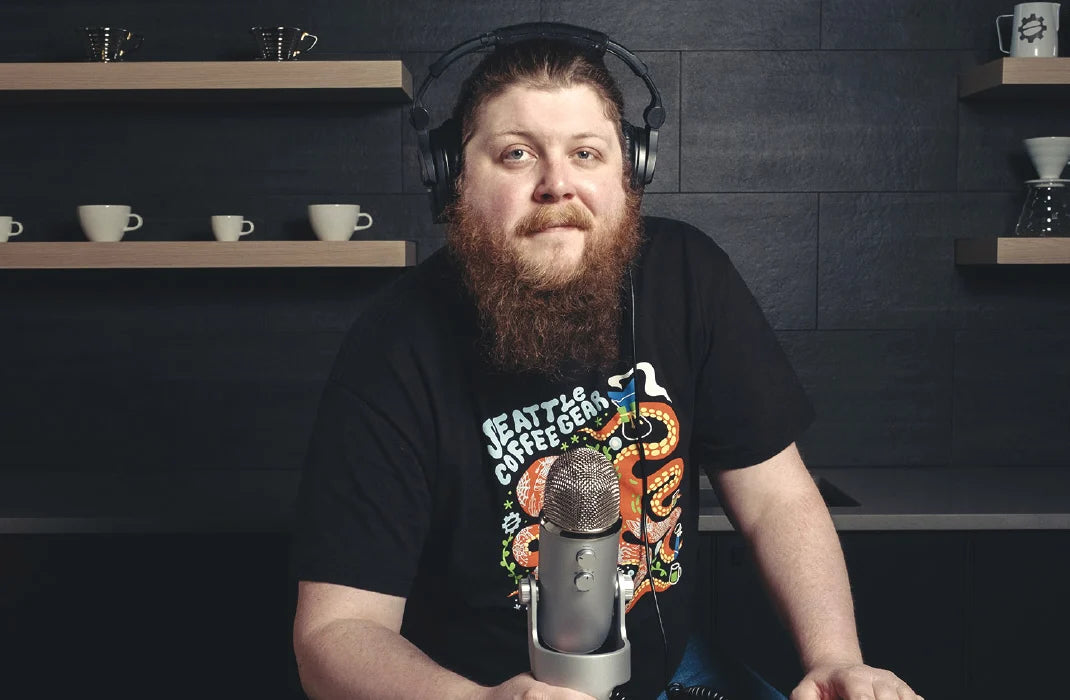Today we're looking at a seemingly worst case scenario. You jumped in with both feet, purchased a high end espresso machine and grinder, but your coffee stinks. So what's next, and what can you expect?
Why Does My Espresso Taste Bad?
There are, unfortunately, a lot of reasons why your espresso might not taste great. First, your grind size could be off. A grind that's too coarse will lead to under-extraction and a sour shot. This happens when the water doesn't correctly bond with the coffee grounds, and can be caused by a number of other factors as well, including poor puck preparation (which can cause channeling) and machine issues. Most of the time for a new user though, it's the grind.
On the other side of that grind size issue is coffee that's too fine. This grind can lead to a slow, over-extracted and bitter shot. This is also almost always because you've either ground the coffee too fine or the tamp is too tight. If you think about it, you've basically created a tightly packed layer of too-fine coffee, preventing the water from moving through the puck at the desired rate.
While there are other things that can cause these issues, we find that it's almost always grind size, or a poor tamp that lead to a bad tasting shot. To correct for this, you'll want to adjust your grind size a bit coarser for if it's bitter, and finer if it's sour, and practice your tamp to ensure that it is, above all else, consistent. It's hard to know exactly what you're looking for, but you want to apply 30lbs. of pressure. If you have a bathroom scale you can carefully practice applying your tamp to that to get a feel for it, or look out for a calibrated tamper.
It's also possible that your ratio is off, but that's an easier fix! Just make sure you're weighing your grounds, and go with a 2:1 ratio of water to coffee when you're getting started.
How Long Will It Take to Improve?
Even following the advice above is easier read than done. It's going to take you a couple of weeks just to fully understand how your machine works, which is going to be key to getting the most out of it. Once you know how the machine and grinder work, you're still going to have to practice dialing in. We provided a very basic look at this process above, but you should definitely check out videos like this one to understand better how to get your machine dialed in.
While you're learning to dial in we recommend using some less fancy, cheaper beans bought in bulk so that the waste is a bit less painful - because there will absolutely be a bit of waste! Don't get discouraged if you have to dump some shots out while you learn, once you nail that perfect shot you'll be able to find a baseline for most beans in the future.
What About My Milk?
If you're finding that your milk isn't coming out quite right the first thing you'll want to do is nail the temperature. A way to do this is to put your non-handle hand around the pitcher until it's just a bit too hot to hold, then turn the steam off. This temperature is a good starting point and shouldn't burn your milk.
When it comes to texture and pouring latte art, things get trickier. You can check out a guide like this one for some tips. Latte art is particularly challenging, and best taught live! If you're local to the Seattle area you can keep an eye out on our website to catch a class. If not, there may be a cafe in your area offering classes as well.
Why Should I Stick With It?
You'll find that once it all clicks, making espresso at home is an incredibly rewarding hobby. Pouring the perfect latte art will not only impress your friends, but will also give you a sense of accomplishment. We promise that you'll come to love the coffee you make at home once you brew that first perfect cup, it can just be a challenge to get there.
For more on this subject, check out the video below, and be sure to leave us a comment to tell your coffee story.

